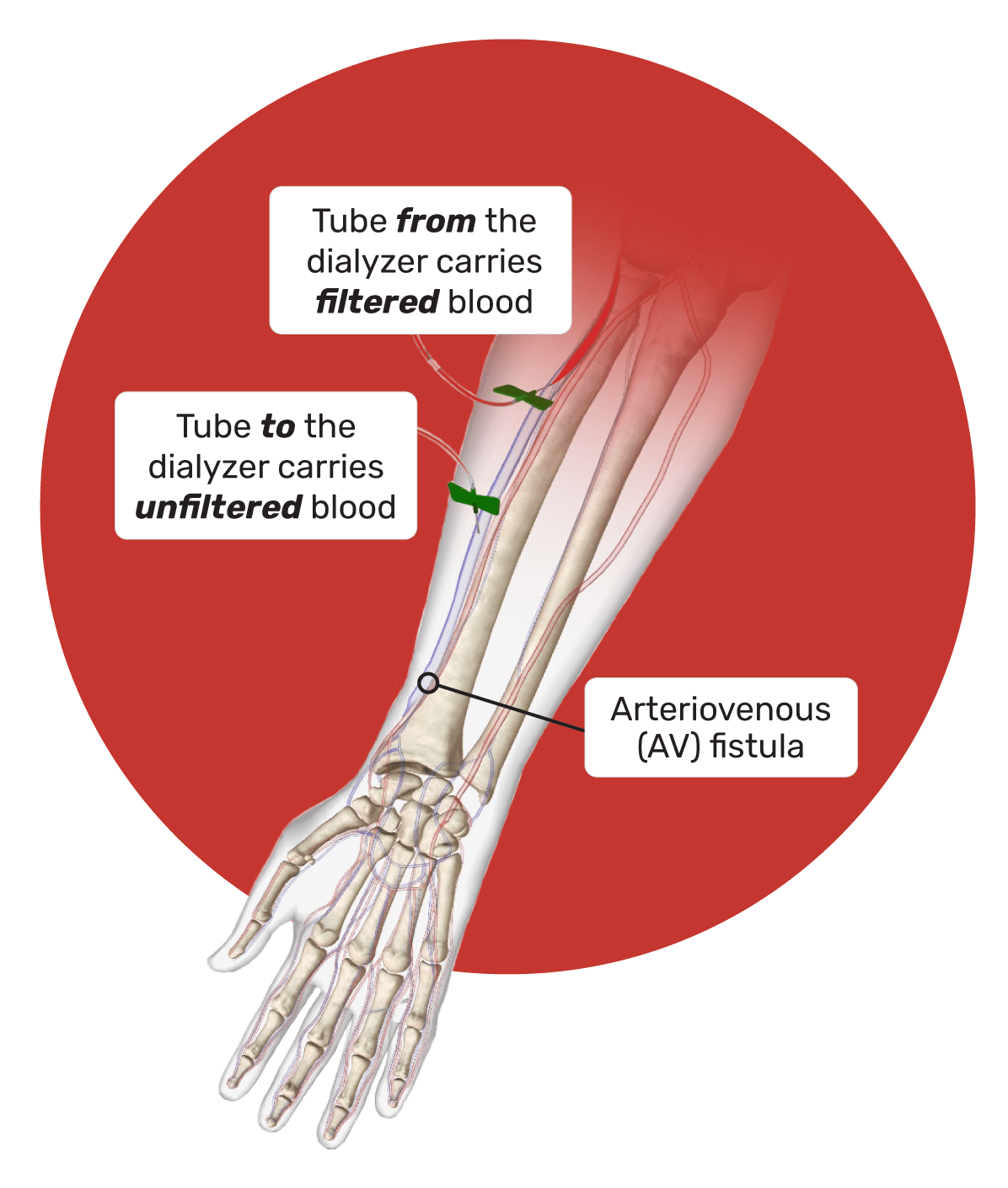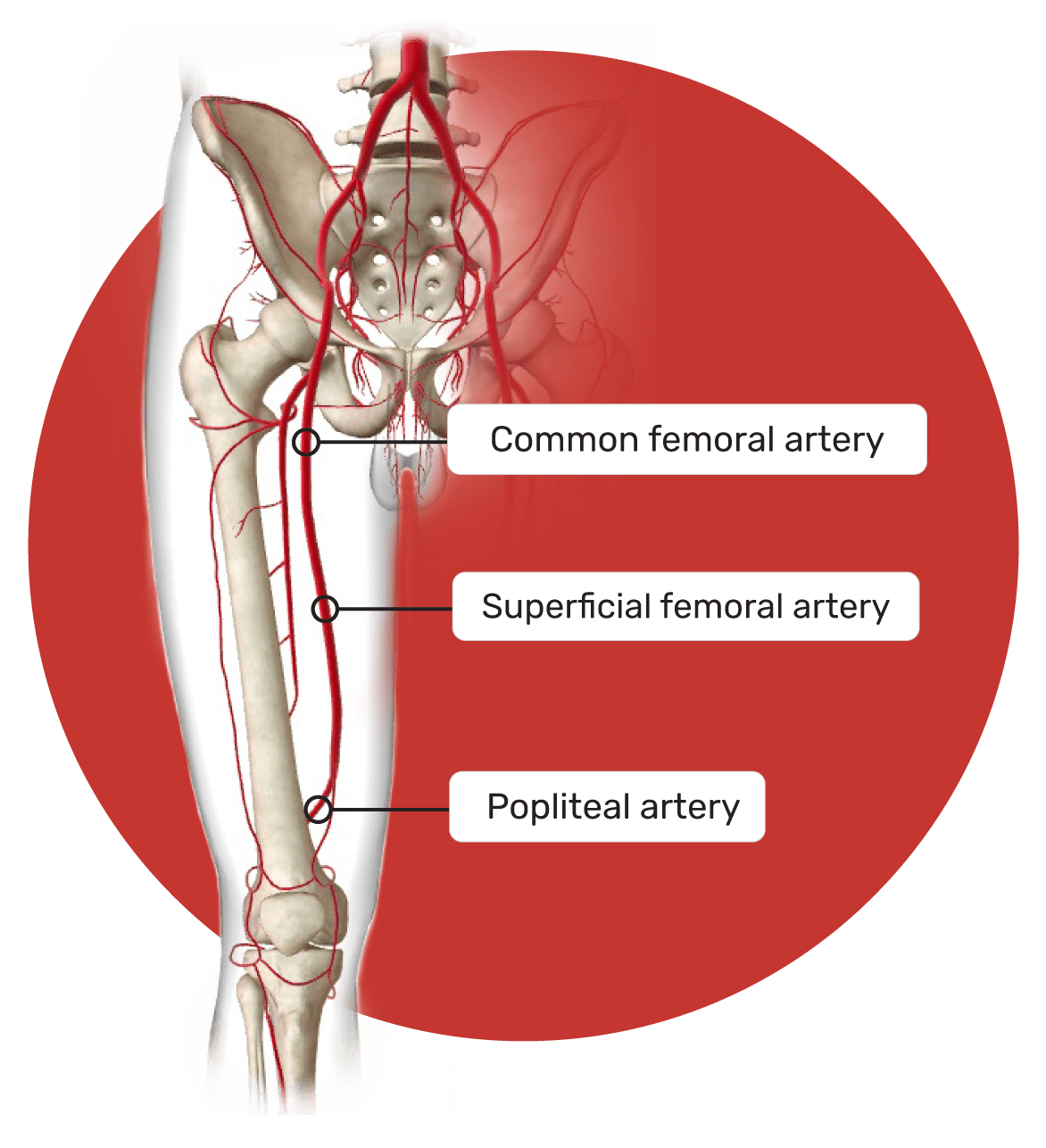A Breakthrough in Treatment
FLEX VESSEL PREP™ SYSTEM
A Breakthrough in Treatment
FLEX VESSEL PREP™ SYSTEM
Dynamic Engagement
Intuitive, retrograde pullback enables continuous engagement of the dynamic treatment element (TE) along entire length of any lesion
Micro-incision Creation
Precise surgical blades create controlled-depth, continuous micro-incisions in real-world morphologies
AV Stenosis/Plaque Modification
Incising the stenosis/plaque disrupts the circumferential tension in diseased vessels to enable luminal gain with improved vessel compliance which may reduce vessel trauma/complications
Dynamic Engagement
Intuitive, retrograde pullback enables continuous engagement of the dynamic treatment element (TE) along entire length of any lesion
Micro-incision Creation
Precise surgical blades create controlled-depth, continuous micro-incisions in real-world morphologies
AV Stenosis/Plaque Modification
Incising the stenosis/plaque disrupts the circumferential tension in diseased vessels to enable luminal gain with improved vessel compliance which may reduce vessel trauma/complications








